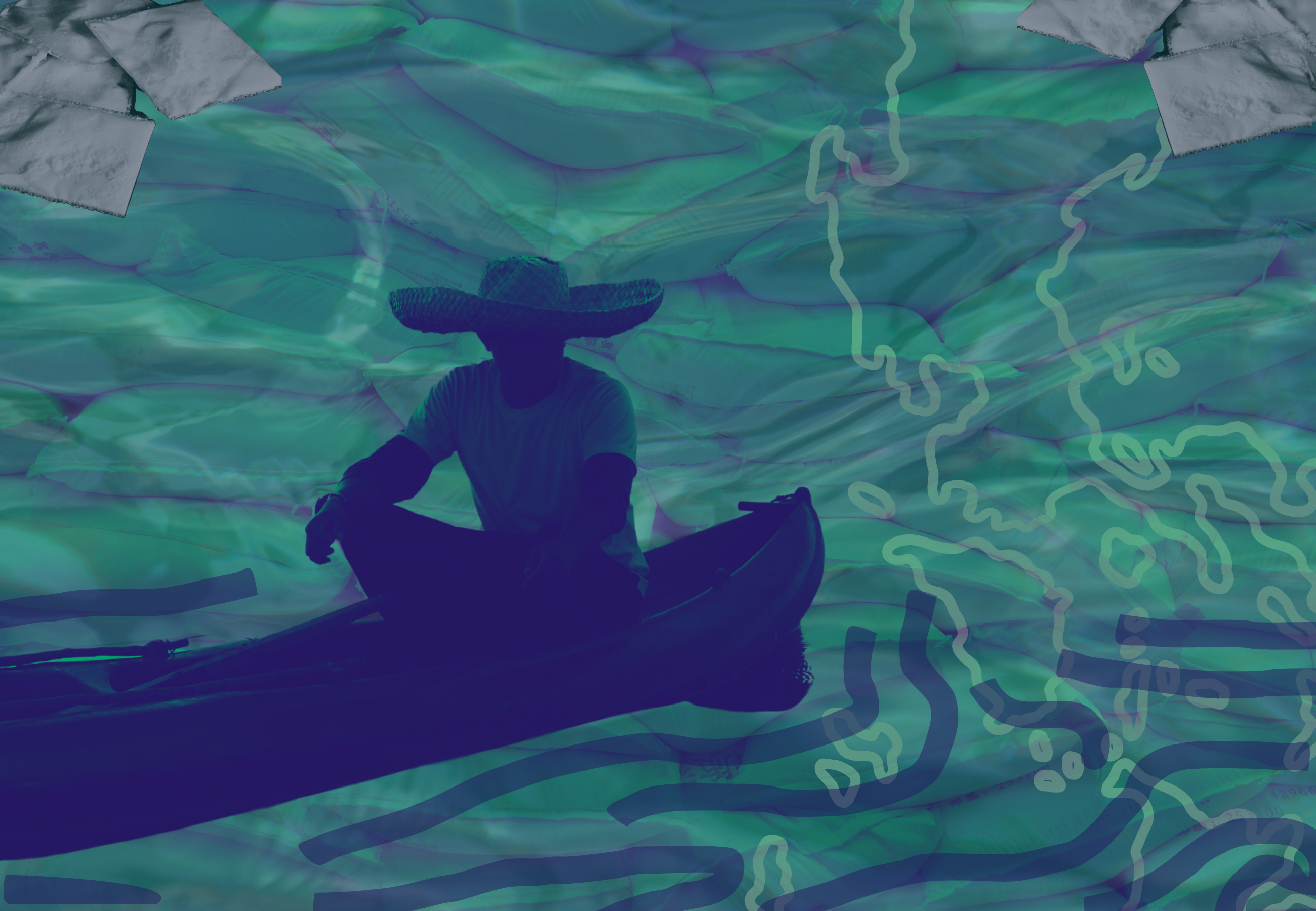Shabu at sea: Rising pattern calls for media attention and scrutiny

IN RECENT weeks, The Philippine Drug Enforcement Agency (PDEA) and other law government agencies have picked up large quantities of shabu (methamphetamine hydrochloride) from coastal waters and beaches in several provinces, raising serious concerns about a maritime-based drug trafficking network operating in the country.
Sealed in white sacks, the illegal drugs have surfaced in areas from Northern Luzon to Central Luzon. The repeated incidents suggest an organized method of smuggling involving offshore drop-offs or abandoned cargo left for retrieval.
So far, news reports have largely focused on the volume and value of each individual seizure. But taken together, these incidents project a disturbing picture of the success with which drug traffickers have exploited the country’s extensive maritime coastlines for their trade.
Waves of shabu
The discovery of packages of shabu have been reported in the following areas in the month of June:
- Zambales – Authorities seized 1.5 tons of shabu worth PHP10 billion floating near a local fish port. The packages bore Chinese markings, prompting speculation of international trafficking links.
- Ilocos Norte – Fisherfolk recovered and handed to authorities three packs of shabu with worth estimated at PHP20.4 million.
- Ilocos Sur – Fishermen retrieved a 25.5 kg sack containing PHP179 million worth of shabu, floating about 20 nautical miles from Barangay Puro in Magsingal.
- Cagayan – PDEA retrieved two separate hauls: 15 kg worth PHP104.7 million, and 400 g worth PHP2.7 million, near Babuyan Island and Cape Engaño.
- Batanes – Fishermen found suspected packs of shabu washed up onshore and turned over to local police.
- Pangasinan – Bolinao, Agno, Bani – Fisherfolk recovered a total of 38 sacks in one haul, weighing around 903 kg and valued at over PHP6 billion, with estimates ranging up to PHP844 million. The packages were vacuum-sealed, disguised as tea or durian, and marked with Chinese characters.
- Bulacan – While not found at sea, another PHP700 million worth of shabu was recovered in a warehouse. Since the packages were wet, police said they are investigating whether the drugs are connected to the floating packages discovered in coastal provinces.
Drifting narrative
News outlets reported these incidents, often emphasizing the massive estimated value of the drugs and the vigilant responses of local communities. Some reports described how the packages resembled previous international drug shipments, specifically noting packaging materials and markings.
However, while the coverage captured immediate details—dates, weights, values, and official statements—most reports treated the discoveries as isolated events, with only a few describing the recurrence as a pattern.
A few efforts were set apart by linking the cases. Jodesz Gavilan of Rappler provided a visual map showing where floating drug packages were found along the Luzon coast, demonstrating the geographic spread and reinforcing the possibility of a coordinated pattern. This explanatory and visual context was lacking in most of the mainstream coverage.
Editorials from Philippine Daily Inquirer and The Philippine Star directed readers to see the larger framework presented by the incidents. Inquirer urged authorities to treat the situation as a matter of national security and to publicize their investigation and findings with the public. The Philippine Star emphasized the scale and method of trafficking “on the high seas” and warned of the potential for a larger syndicate exploiting sea routes beyond the reach of routine patrols.
Connecting the currents
Law enforcement officials have acknowledged the possibility that these drugs were dropped at sea either deliberately for retrieval or were abandoned due to pressure from patrols. The Philippine Navy and PDEA have noted that ocean currents could explain how the packages drifted across wide distances before being found.
While some media outlets have taken steps to contextualize the surge in floating shabu, there remains a need for more consistent, coordinated, and investigative reporting. Journalists should work to build on these early efforts by tracking patterns across regions, following up on government action, and scrutinizing the broader implications of a sea-based trafficking network.
This story is no longer just about isolated drug hauls. It is about the vulnerability of Philippine coastlines, the gaps in maritime enforcement, and the urgency of national response. The Marcos administration, which has branded its anti-drug policy as “bloodless,” must demonstrate that it can be equally aggressive and transparent in confronting more sophisticated trafficking methods.
The media, for its part, should continue to do what it does best: connect the dots, hold power to account, and keep the public informed—not just when shabu washes ashore, but long after the tide goes out.
Leave a Reply